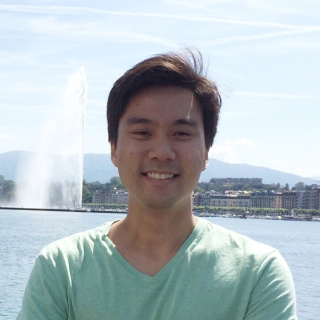
HYO LEE
Hyo is a Ph.D. candidate in the Integrated Program in Neuroscience at McGill University. He is currently pursuing his studies in Dr. Andrea Bernasconi’s lab, in which he uses magnetic resonance imaging to characterize inter-individual variability in focal epilepsy.
Discovering my passion for neuroscience was a gradual process. I started my undergraduate study in engineering with a desire to make an impact on healthcare. In my senior year, I held a research fellowship to design an MRI technique for measuring cancer metabolism in animal models. This led me to my master’s study at University of Pennsylvania validating a novel MRI technique for measuring myelin density and investigating neural correlates of pain using MRI. Through these experiences, I realized that neuroimaging offers unprecedented opportunities to discover disease mechanisms and inform clinical practice. Inspired by these opportunities, I began my PhD study in the Integrated Program in Neuroscience (IPN).
Under Dr. Andrea Bernasconi’s supervision, I study focal epilepsy using multimodal MRI. Over the past decades, focal epilepsy has been characterized based on the histology of the resected brain lesion that generated seizures. While this approach can classify lesions into distinct subtypes, it does not address the structural differences between individual lesions as well as the whole-brain structural alterations that extend beyond lesions. My thesis aims to capture these sources of disease expression and characterize their contributions to clinical outcomes. Fortunately, my research plan outlining these aims was awarded Van Gelder-Savoy Doctoral Scholarship.
As a scientist, I believe that I can make a broad impact on society by engaging my peers and general public. This led me to get involved with NeuroSymposium, a student-led initiative that gathers neuroscience graduate students in Quebec. Since its inception, we have focused on facilitating scientific exchanges between trainees from various backgrounds and institutions. Going forward, we are also planning to create opportunities to engage the general public with our scientific research. I am excited to be leading a committee dedicated to this purpose.
During my IPN orientation, Prof. Joseph Rochford spoke on how modern universities came to be and why we have a responsibility to give back to the society. Sparked by his speech, I began volunteering at BrainReach Elementary. Our mission is to teach neuroscience to students in under-resourced elementary schools. As an educator, I have been visiting various schools to teach fourth graders. This has been a fulfilling experience, as I observe our program inspire enthusiasm and curiosity in the young students about the brain. In order to make our program more attractive to young minds, I have also served as a presentation designer and am currently serving as a co-President for the 2019-20 term.
IPN created many opportunities for me to think about how I could contribute to the academic community and beyond. Currently, I plan to become a professor devoted to neuroimaging and mentoring the next generation of neuroscientists. One day, I also hope to lead a systematic effort to bringing quality STEM education to under-privileged children and youth around the world.

Published on September 18, 2019